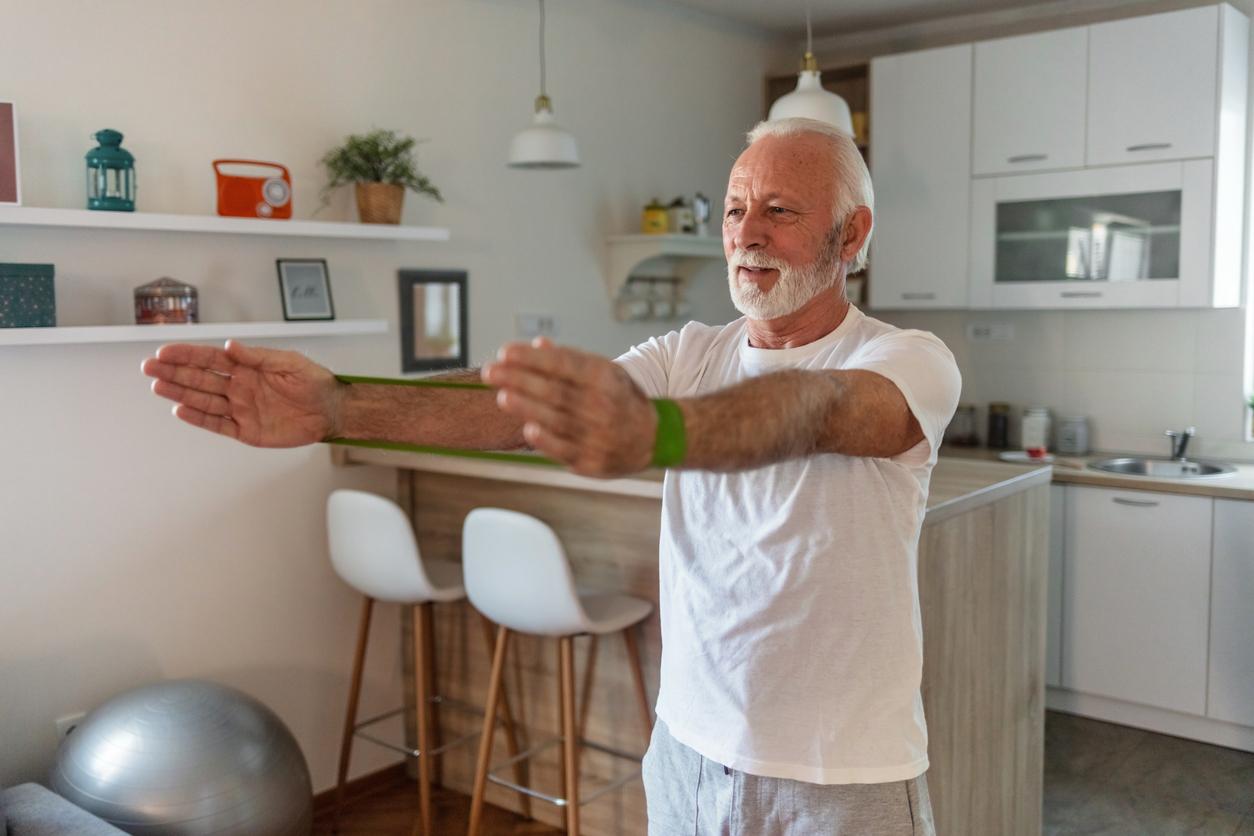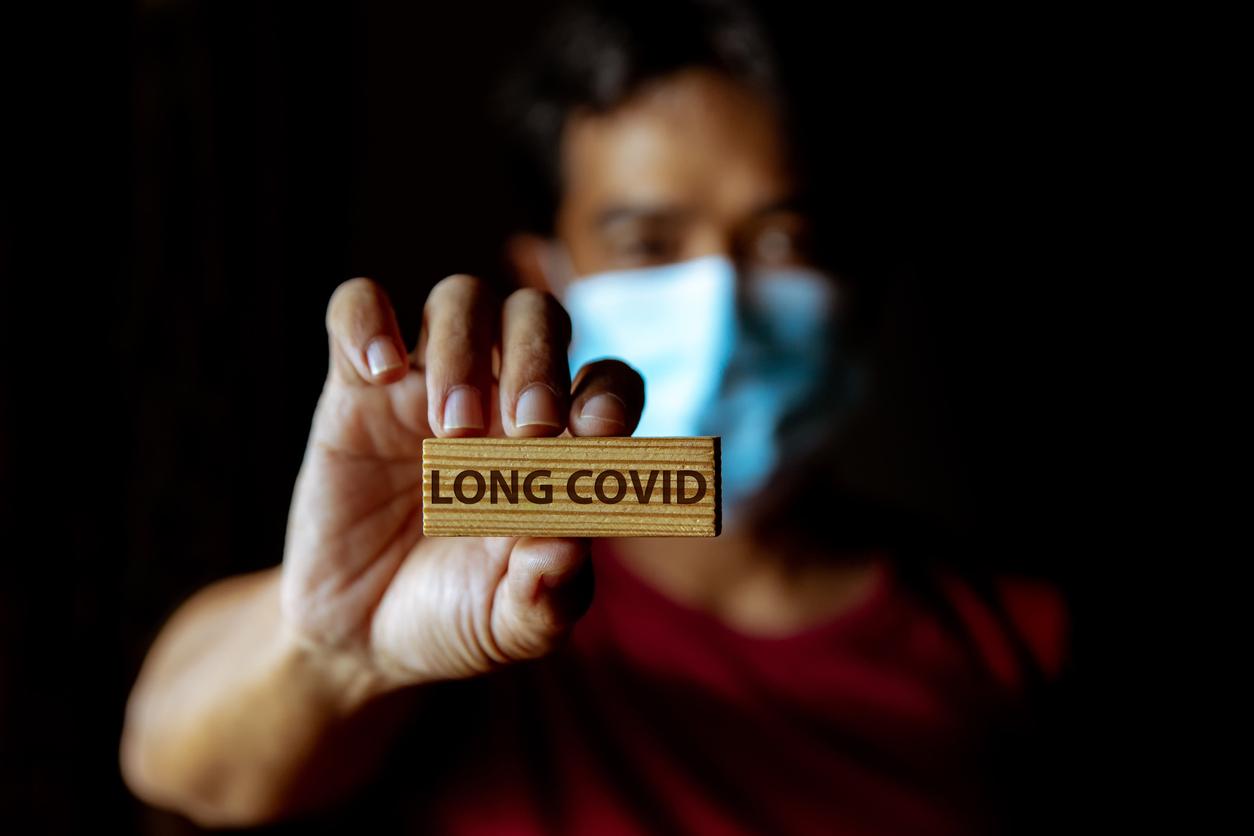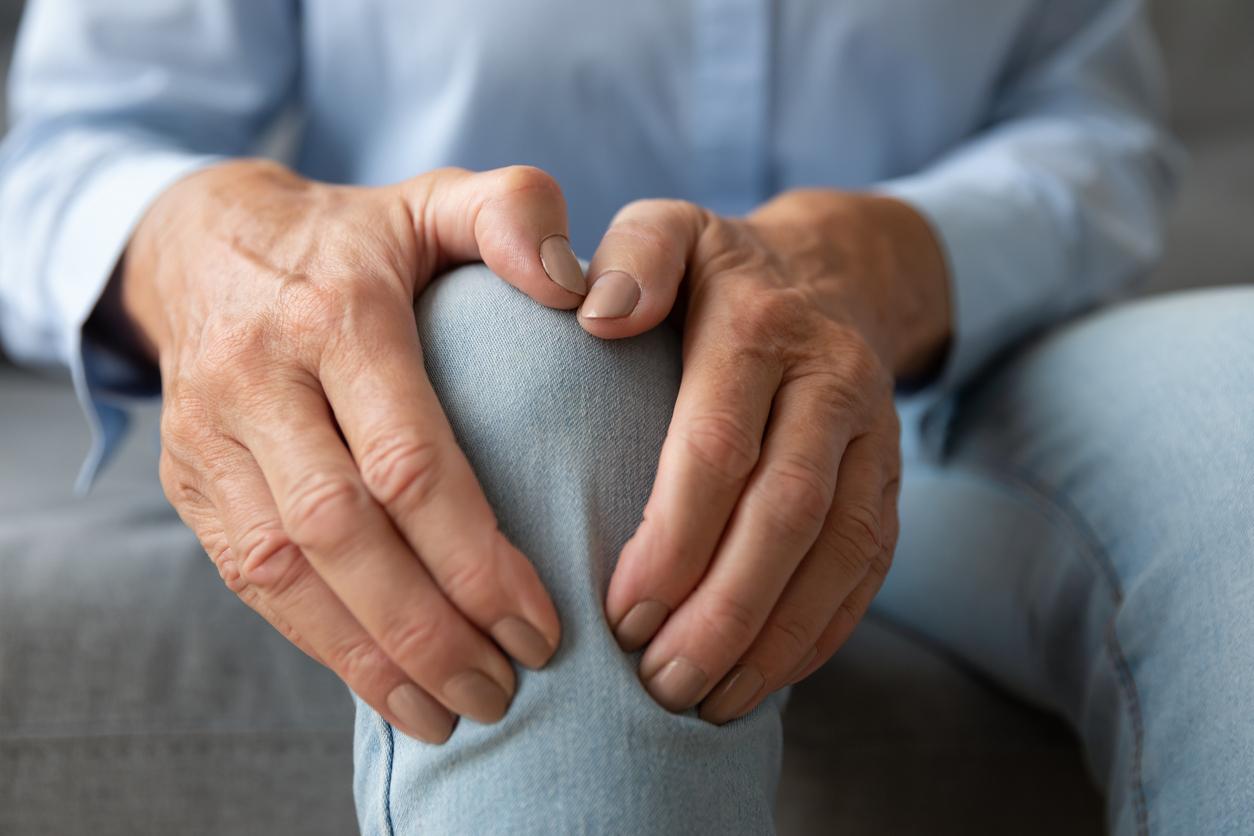
Artificial knee not always necessary anymore
With osteoarthritis in the knee, you are no longer always condemned to an artificial knee thanks to a new surgical technique: knee distraction. Roel Custers, orthopedic surgeon at UMC Utrecht, helped develop this treatment.
If you have osteoarthritis, your cartilage is worn out. The bones move together and painfully rub against each other. If you have osteoarthritis in your knee and you really can’t walk anymore, you can have an artificial knee placed. But the UMC Utrecht developed a new operation: knee distraction. This news made the headlines. Since then, the outpatient clinic of orthopedic surgeon Roel Custers has had a long waiting list of patients.
What’s wrong with the artificial knee?
“The major disadvantage of the artificial knee is that there is no way back, because your original knee joint has been replaced by the prosthesis. In addition, 20 percent of patients are not very satisfied with the artificial knee. You can keep pain complaints. a prosthesis is limited, about 15 to 20 years. You can have a repair operation if the prosthesis is loose or if an infection has occurred. However, the results are not always good.”
And then came knee distraction.
“Yes, almost twenty years ago the first operations were performed by orthopedic surgeon Peter van Roermund. I contributed to the further development. Together with Dr. Van Roermund I wrote a manual about how the operation should be performed and what should be done around it.
We have an intensive collaboration with the rheumatology department. Together we conduct research and we have further developed the new operation.”
What exactly is knee distraction?
“We place a frame on the outside of the knee in which the osteoarthritis is located. We fix this frame in the bone with pins. We can rotate the tubes slightly away from each other until a space of about five millimeters is created in the bone. joint. That space fills up again with cartilage. It is secured in the operating room. We leave the frame in place for six to seven weeks. Then we remove it again.”
How is that recovery going?
“The recovery takes half a year to a whole year. You will receive instructions from us, for example about how to walk well with crutches and how to clean the wounds in the places where the pins were. After that you receive physiotherapy to learn to walk properly. and train the muscles. We help you do exercises during rehabilitation via videos on our website and app.”
So you can walk with a frame?
“Yes. That way you stimulate the mobility of the knee. Due to the suspension while walking, you press synovial fluid into the cartilage. This ensures that you can walk better. While walking you notice that the frame is a bit in the way. You also can’t bend your leg because the joint is stuck, so you start to walk a bit swaying. That can be painful and exciting.”
Why are you so enthusiastic about this technique?
“With a knee distraction, you can keep your own joint for longer. But this is not yet a perfect solution, although many people will have fewer complaints for a longer period of time as a result of this procedure. I think it is very nice that knee distraction is a ‘biological’ solution. That fits well.” At this time.”
What is the result of the treatment?
“Thanks to this technique, many people have less pain for a long time and you can postpone a knee replacement for many years. Research has shown that almost half of those who have been treated do not need an artificial knee after ten years. I also think it is important that the largest proportion of people who underwent knee distraction are satisfied with the treatment.”
Decreased cartilage is the problem in osteoarthritis. But with knee distraction, it grows back, you say. How is that possible?
“We do not yet know exactly how that happens, although we are putting the puzzle together piece by piece. For a long time we thought that cartilage does not just grow back. We want to investigate how that apparently does happen. role.”
What does the future of this treatment look like?
“We have already treated many patients with knee distraction at the UMC Utrecht. Due to the attention paid to this, the waiting time at our outpatient clinic has now risen to nine months. We are therefore pleased that more and more other hospitals will be able to offer the treatment (soon). we will make a lot of improvements to the technique in the future. In addition, we will continue to research the repair of cartilage.”
In which hospitals is knee distraction also done?
“Fellow orthopedic surgeons in at least nine other hospitals across the country are now performing this operation.”
Who are eligible?
“We roughly stick to an age limit of 65. But someone who is 67 years old who is in good health may also be eligible for a knee distraction. We do not perform this operation on people who have a prosthesis elsewhere, for example in the hip. Because pins pass through the skin during an operation on the knee, there is a chance that bacteria will slip in. They can infect the prosthesis. Overweight people are usually not suitable for this operation because they do not have a frame between the legs They have to lose weight first. A BMI of 30 is the limit.”
What has this development brought you personally?
“A lot of media attention. Nice for me, but it has caused a significant increase in patients, which has increased the waiting time for our knee clinic. The development is an extension of my treatment options. It also means a lot of research, many satisfied patients and a lot of collaboration with other specialists and professional groups such as rheumatologists, physiotherapists and engineers to further develop the treatment method. I really like that.”
Roel Custers is an orthopedic surgeon at UMC Utrecht and specializes in the knee. He conducts research into disorders caused by a lack of cartilage in the knee. He has been an orthopedic surgeon since 2013. He obtained his doctorate in 2010 with his thesis on metal implants as a treatment for cartilage defects. Custers is affiliated with the Mobility Clinic of the UMC Utrecht, the multidisciplinary expertise center where orthopaedists, rheumatologists, sports doctors and physiotherapists work together. The Mobility Clinic offers innovative care for people with complex problems of the support and musculoskeletal system.
This article previously appeared in Plus Magazine November 2019. Not yet a Plus Magazine subscriber? Becoming a subscriber is done in no time!
Sources):
- Plus Magazine















